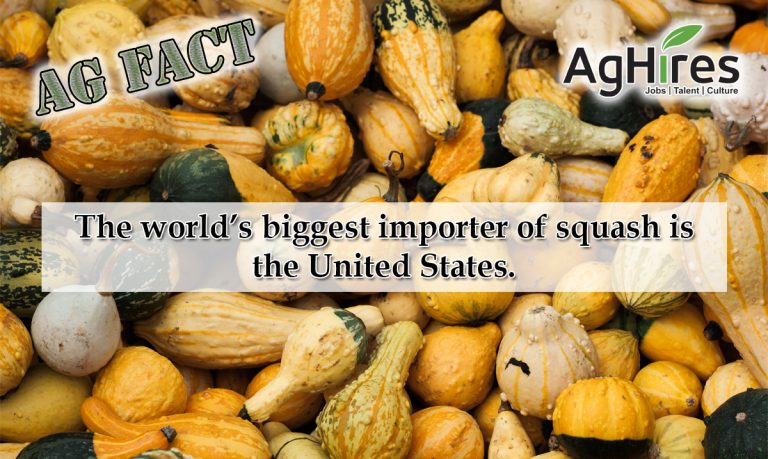
What is winter squash, you might ask? There are two types of squash: summer and winter. Green and yellow zucchini, yellow squash, pattypan, crookneck, zephyr, and cousa are all popular types of summer squash. Acorn, autumn cup, banana, butternut, delicata, and spaghetti are all popular types of winter squash. Unlike summer squash, winter squash is harvested once it’s fully mature. The rind tends to be much harder and is typically removed before eating/cooking. It is a popular ingredient in many stews and savory dishes.
Learn 15 more interesting facts here:
- There are two types of squash: summer and winter.
- Summer squash are typically picked when immature, have thin rinds that can be eaten, and cannot be stored for long periods at a time.
- Winter squash are generally picked when completely mature, have thick rinds that cannot be eaten, and can be stored for several months.
- Squash are in the Cucurbitaceae family also known as the gourd family.
- Both summer and winter squash are related to melons such as watermelon and honeydew.
- The leaves, tendrils, shoots, stems, flowers, seeds, and fruit from the squash can all be eaten.
- The word squash comes from the Native American word “askutasquash” which translate to “eaten raw or uncooked”.
- In Central Mexico, Peru, and Eastern United States, there is evidence of squash cultivation going back to at least 8,000 B.C.
- Typically, you can store the crop for weeks or even months in a cool, dry place.
- Winter squash got their name because they store well during long, cold winters. The winter is also when most people eat them.
- In 2011, the United States produced 743.8 million pounds of squash valued at $283 million for the fresh market.
- The biggest squash producing states in order are Florida, New York, California, and North Carolina.
- The world’s biggest importer of squash is the United States.
- Squash is rarely processed and primarily used for the fresh market.
- The pigment that give pumpkins and squashes their deep orange and yellow colors may protect people against some forms of cancer.
Want more Agriculture Facts? Click here
Follow us on Facebook and Twitter to get your weekly dose of Ag Facts.
Written by: Amber DiCarlo, Marketing Intern
Check out these 15 facts about winter squash!





